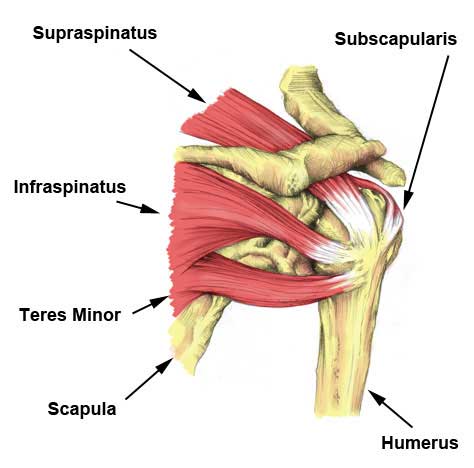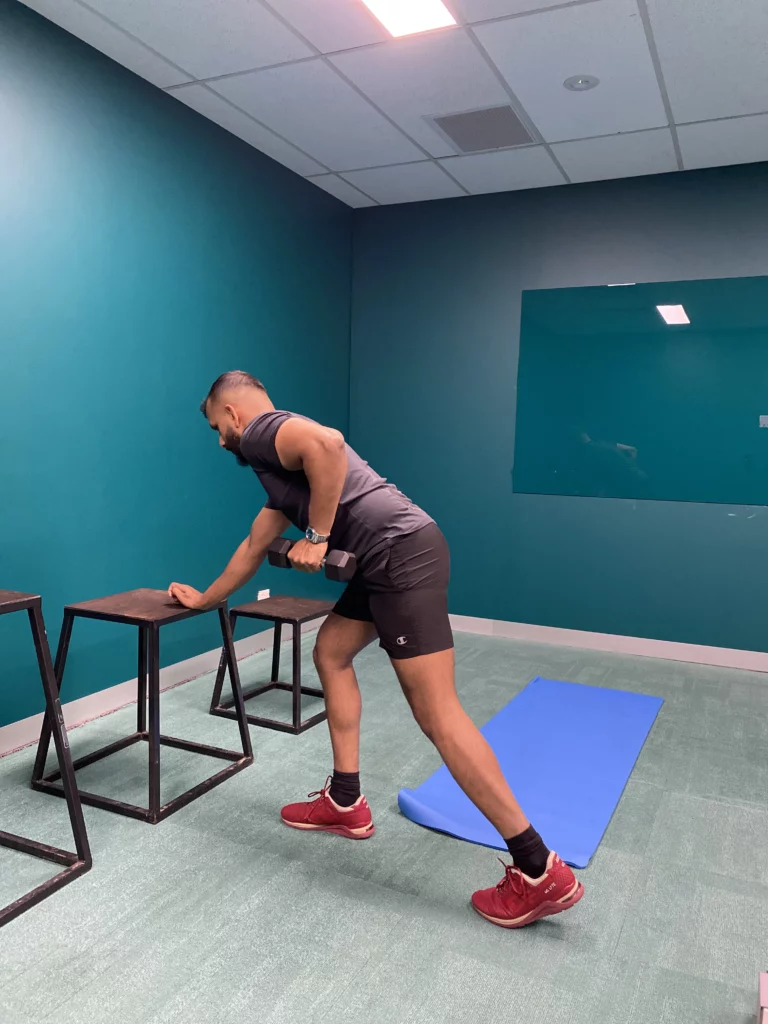Supraspinatus muscle tear

The shoulder is a complex joint that allows for a wide range of motion. It is made up of several muscles, tendons, and ligaments that work together to provide stability and movement. One of the key muscles in the shoulder is the supraspinatus muscle, which plays a crucial role in arm elevation and rotation. However, this muscle is prone to tears, which can cause pain and limit shoulder function. In this article, we will explore the causes and treatments of supraspinatus tears, providing a comprehensive understanding of this common shoulder injury.
Understanding the shoulder joint and its complexity is crucial to understanding supraspinatus tears. The shoulder joint is a marvel of engineering, allowing for a wide range of motion while maintaining stability. However, this complexity also makes the shoulder prone to injury, particularly in the supraspinatus muscle.
Shoulder Anatomy: Understanding the Supraspinatus Muscle
Before delving into supraspinatus tears, it is important to have a basic understanding of the shoulder anatomy. The shoulder joint is a ball-and-socket joint, consisting of the humerus (upper arm bone), scapula (shoulder blade), and clavicle (collarbone). The supraspinatus muscle is one of the four muscles that make up the rotator cuff, a group of muscles and tendons that surround the shoulder joint.
The supraspinatus muscle originates from the supraspinous fossa of the scapula and inserts into the greater tubercle of the humerus. Its primary function is to assist in arm abduction, allowing the arm to be lifted away from the body. It also helps to stabilize the shoulder joint during arm movements.
Understanding the role of the supraspinatus muscle in shoulder movement is crucial to understanding how tears in this muscle can impact shoulder function. The supraspinatus muscle is a key player in arm elevation and rotation, and any damage to this muscle can significantly limit these movements.
Causes of Supraspinatus Tears
Supraspinatus tears can occur due to various reasons, including:
- Trauma: A direct blow to the shoulder or a fall onto an outstretched arm can cause a tear in the supraspinatus muscle. This type of tear is often referred to as an acute tear and is more common in younger individuals.
- Degeneration: Over time, the supraspinatus tendon can degenerate and weaken, making it more susceptible to tears. This type of tear is known as a degenerative tear and is more common in older individuals.
- Overuse: Repetitive overhead activities, such as throwing or lifting heavy objects, can put excessive strain on the supraspinatus muscle, leading to tears over time. This type of tear is often seen in athletes and individuals who engage in repetitive shoulder movements.
- Impingement: Impingement occurs when the space between the acromion (part of the scapula) and the rotator cuff tendons narrows, causing the tendons to rub against the bone. This can lead to inflammation and tears in the supraspinatus muscle.
Understanding the different causes of supraspinatus tears can help individuals take preventative measures and seek appropriate treatment if a tear occurs. Whether the tear is due to trauma, degeneration, overuse, or impingement, understanding the cause can guide treatment and rehabilitation strategies.
Symptoms of Supraspinatus Tears
The symptoms of a supraspinatus tear can vary depending on the severity of the tear. Common symptoms include:
- Pain: Individuals with a supraspinatus tear often experience pain in the shoulder, especially when lifting the arm or performing overhead activities.
- Weakness: A tear in the supraspinatus muscle can result in weakness and difficulty in lifting objects or performing tasks that require arm elevation.
- Limited Range of Motion: Individuals may experience a limited range of motion in the shoulder, particularly when trying to raise the arm or rotate it.
- Clicking or Popping Sensation: Some individuals may hear or feel a clicking or popping sensation in the shoulder when moving the arm.
If you experience any of these symptoms, it is important to consult a healthcare professional for an accurate diagnosis and appropriate treatment.
Understanding the symptoms of a supraspinatus tear can help individuals recognize when they may have sustained this injury. Early recognition and treatment of a supraspinatus tear can improve the prognosis and minimize the impact on shoulder function.
Diagnosing Supraspinatus Tears
To diagnose a supraspinatus tear, a healthcare professional will typically perform a thorough physical examination and may order additional tests, such as:
- Imaging Tests: X-rays can help rule out other conditions and assess the bony structures of the shoulder. Magnetic resonance imaging (MRI) or ultrasound may be used to visualize the soft tissues, including the supraspinatus muscle and tendon.
- Strength and Range of Motion Tests: The healthcare professional may assess the strength and range of motion of the shoulder to determine the extent of the tear.
Understanding the diagnostic process for supraspinatus tears can help individuals know what to expect when seeking medical attention for shoulder pain. The diagnostic process typically involves a combination of physical examination and imaging tests to accurately diagnose a supraspinatus tear and determine the best course of treatment.
Treatment Options for Supraspinatus Tears
The treatment for a supraspinatus tear depends on various factors, including the severity of the tear, the individual's age and activity level, and the presence of any underlying conditions. Treatment options may include:
- Conservative Treatment: For mild to moderate tears, conservative treatment options may be recommended. These may include rest, ice, physical therapy exercises to strengthen the shoulder muscles, and non-steroidal anti-inflammatory drugs (NSAIDs) to manage pain and inflammation.
- Corticosteroid Injections: In some cases, corticosteroid injections may be used to reduce inflammation and provide temporary pain relief. However, these injections are typically not a long-term solution and should be used in conjunction with other treatment modalities.
- Surgical Intervention: For severe tears or cases where conservative treatment options have failed, surgical intervention may be necessary. The type of surgery will depend on the specific tear and may involve repairing the torn tendon or removing any impingements that are causing the tear.

Understanding the different treatment options for supraspinatus tears can help individuals make informed decisions about their care. Whether the treatment involves conservative measures, corticosteroid injections, or surgery, understanding the options can help individuals choose the treatment that best fits their needs and lifestyle.
Rehabilitation and Recovery
Regardless of the treatment approach, rehabilitation plays a crucial role in the recovery process. Physical therapy exercises are often prescribed to improve strength, flexibility, and range of motion in the shoulder. The duration of rehabilitation will vary depending on the severity of the tear and the individual's progress.
It is important to follow the healthcare professional's instructions and guidelines for rehabilitation to ensure a successful recovery and minimize the risk of re-injury.
Understanding the importance of rehabilitation in the recovery process can help individuals stay motivated and committed to their recovery. Rehabilitation is a crucial component of recovery from a supraspinatus tear, and adherence to the prescribed rehabilitation program can significantly improve outcomes.
Conclusion
Supraspinatus tears can significantly impact shoulder function and cause pain and discomfort. Understanding the causes and treatment options for supraspinatus tears is essential for individuals who may be at risk or have already experienced this injury. By seeking timely medical attention and following appropriate treatment and rehabilitation protocols, individuals can regain shoulder function and return to their normal activities.
Understanding supraspinatus tears and their impact on shoulder function is crucial for anyone who may be at risk for this injury. With the right knowledge, individuals can take preventative measures, seek appropriate treatment, and follow effective rehabilitation strategies to recover from a supraspinatus tear and regain their shoulder function.








